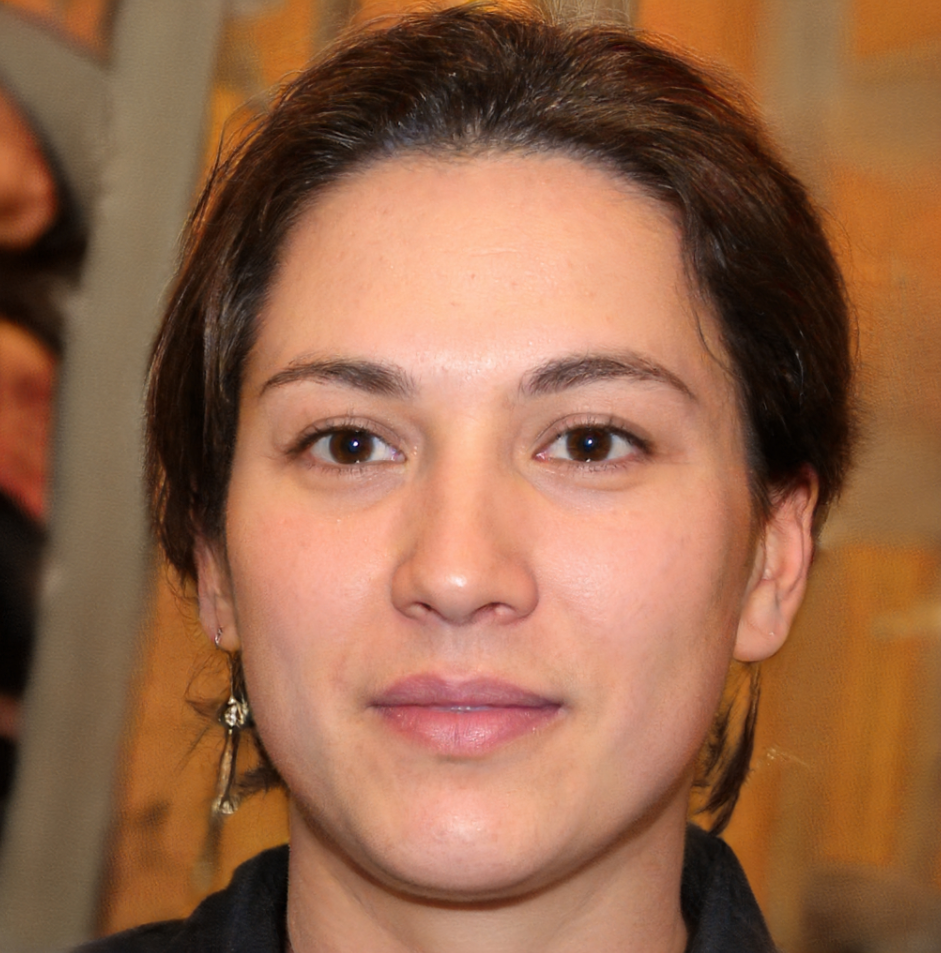Can Scoliosis Cause Neck Pain?
166 View
Share this Video
- Publish Date:
- 20 August, 2022
- Category:
- Back and Neck Pain
- Video License
- Standard License
- Imported From:
- Youtube
Tags
Scoliosis is a sideways curvature of the spine found in the cervical, thoracic or lumbar areas. It will be 10 degrees or more and have an associated rotation. This means the spine must have a turn and a bend to be called scoliosis.
Scoliosis is not limited to the back. It can as well affect the neck and the cervical spine. The central nervous system connects and manages all the systems in your body, which are responsible for feeling pain, numbness, or tingling. That is why these nerves can be affected when a patient has scoliosis.
As scoliosis grows, it starts to affect muscles and ligaments, impacting how nerves function and complicating the effects of scoliosis. The more severe the scoliosis, it also creates functional issues such as lung and digestive issues and neurological issues due to its impact on the nerves and the rest of the body.
Scoliosis is a tridimensional shift of the spine, and even when located in the thoracic and lumbar spine, it can radiate and cause pain in the neck. As scoliosis becomes more complicated, it creates stiffness and a sore type of feeling. This feeling can be in the neck, shoulders, and upper back. Patients can experience a loss of flexibility or range of motion, which is often the number one symptom experienced when having scoliosis.
When scoliosis affects the nerves on the cervical spine, it can cause numbness in the arms, shoulders, and legs, along with radiating pain in the fingers. However, the number one complaint is rigidity as scoliosis progresses.
Scoliosis can also affect the normal curves people are meant to have in their spine, creating what we call a military neck, straight neck, or cervical kyphosis. This means the patient has lost the normal cervical curvature in their spine. In addition, this could create constant headaches coming from the cervical spine, leading up to the neck as a result of strain and tight muscles.
These headaches can be derived from the brain not getting the nourishment it needs due to the spine's position. In time, it can develop into migraine headaches due to a lack of blood flow and pressure in the cerebral spinal fluid, creating this feeling of migraines.
So, yes, scoliosis can lead to many issues in the upper part of the body, neck, head, brain, shoulders, and arms. But when patients seek treatment, they are looking to treat the symptoms without addressing the cause. Patients often get treated with pain management to help with what they feel but do not address the misalignment connected to their scoliosis and loss of normal curvature in the neck.
If the underlying cause is not addressed, the problem and symptoms will continue to progress, and patients will not get the expected results.
At the Scoliosis Reduction Center, we recommend addressing the cause of the pain and being proactive with the spine's misalignment, scoliosis, or loss of curvature. With this treatment approach, patients will have long-lasting results, stopping their curve from worsening over time and experiencing more issues over time.
You can learn more about this topic here:
https://www.scoliosisreductioncenter.com/blog/scoliosis-neck-pain?utm_source=youtube&utm_medium=video&utm_content=knowledge
Ready for a consultation or want more information? You can contact us here:
https://www.scoliosisreductioncenter.com/go
00:00 - Can Scoliosis Cause Neck Pain?
02:03 - Scoliosis Is A Tridimensional Shift
03:26 - Military Neck Or Cervical Kyphosis
04:07 - Other Issues Derived From Scoliosis
04:47 - Scoliosis & Upper Body Issues Treatment
05:46 - Our Recommendation
Artlist.io 847544














